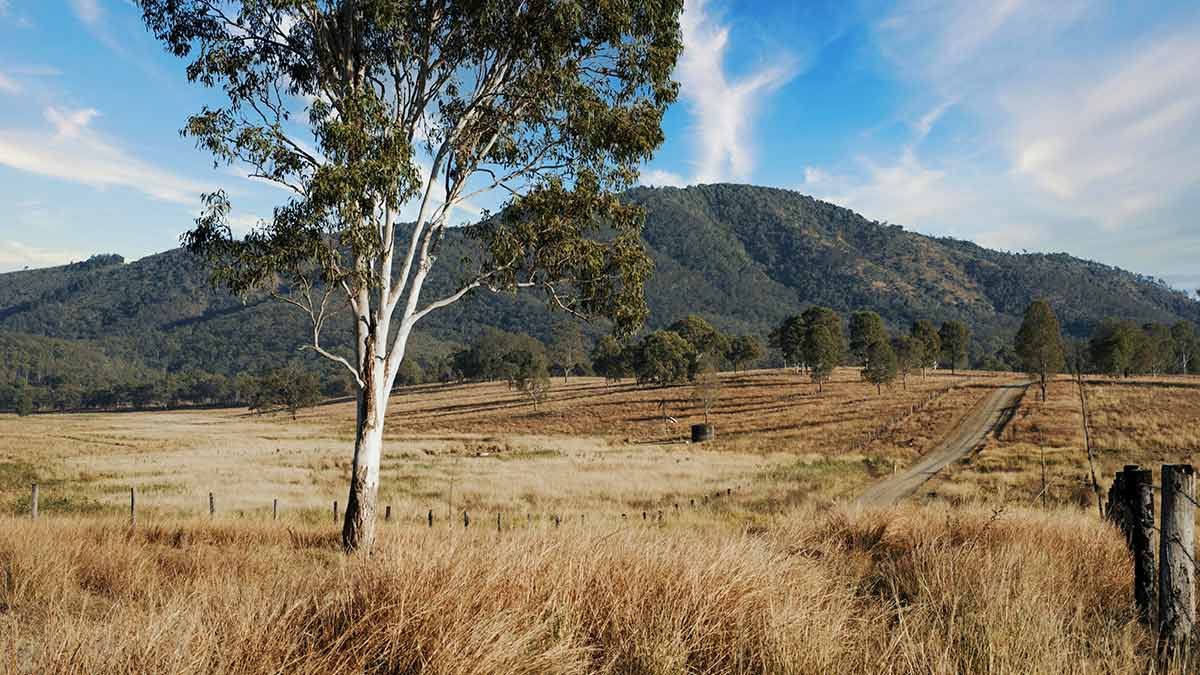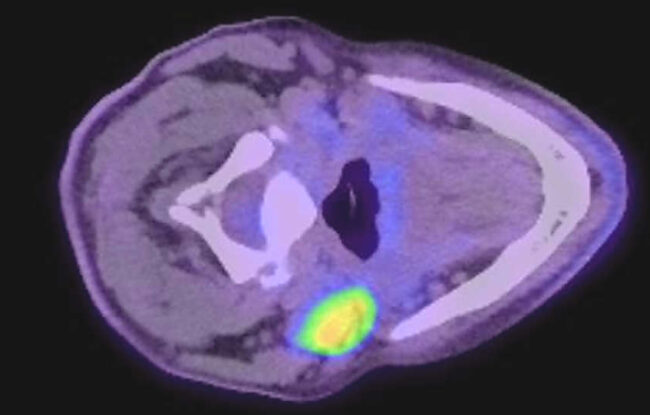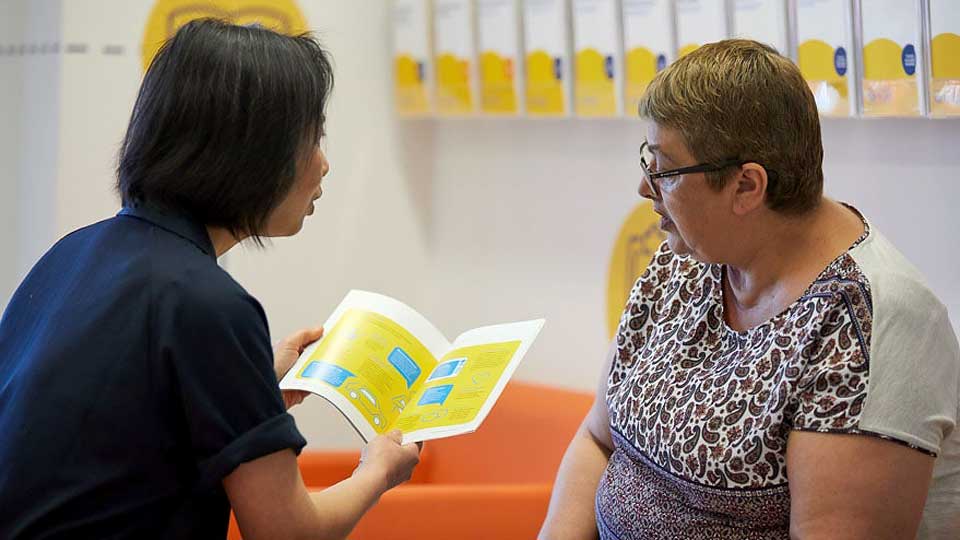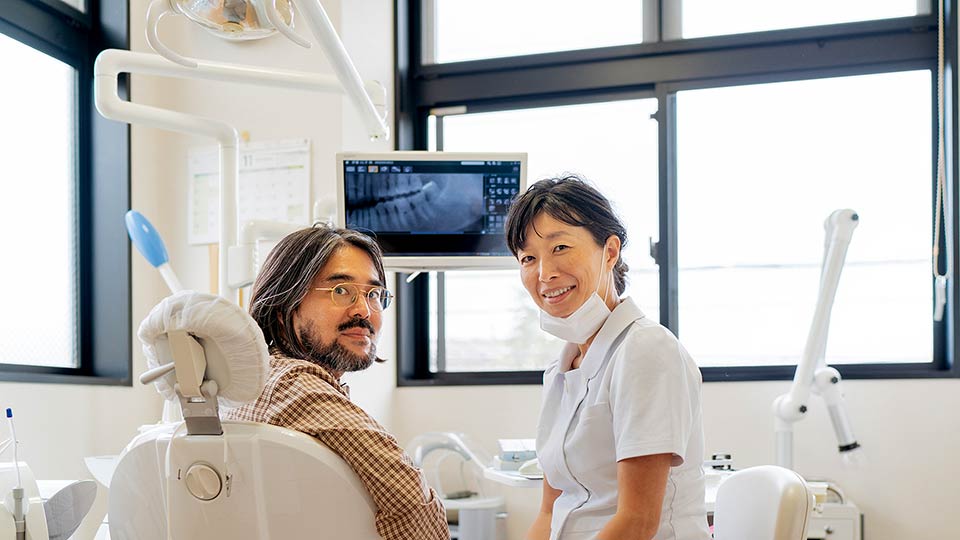Last month, I travelled 460 kilometres (285 miles) to the Riverina region of New South Wales to review patients who had their surgery, or at least some of their treatment, at St Vincent’s Integrated Healthcare Campus, Sydney. I have cared for regional patients for many years and appreciate the burden of travel they face when undergoing treatment far from home. By establishing regular regional clinics I hope to improve patient care, and see more of our great state.
Taking head and neck cancer care to regional NSW
About a year ago, I began traveling to St Vincent’s Community Private Hospital Griffith so it made sense to establish a clinic in a hospital, and a community, to which we have close ties.
Over the past twenty years I have treated hundreds of patients from regional, rural and remote NSW, many of whom travel hundreds of kilometres to Sydney for their treatment. I really like my regional patients. They’re made of tough stuff.
A head and neck cancer diagnosis and consequent treatment is a significant burden for any patient, but regional patients tend to do it tougher than most. Being far from home for extended periods is lonely and expensive, regardless of whether you’re a farmer, a council worker, a grazier, a vigneron, a teacher, or an accountant.
Telehealth doesn’t cut it
Many people ask me if telehealth, also known as telemedicine, is useful to my practice. I am a great supporter of telehealth, and as Director of Cancer Services I spearheaded the St Vincent’s Telehealth Cancer Services program in 2019. The St Vincent’s program was developed to ensure cancer patients across NSW have access to specialists. But telehealth is no substitute for a consultation during which I physically examine the mouth, palpate the neck, and examine the throat.
The patients
Most of the patients I see in Griffith and Wagga Wagga are three to five years down the track from their initial cancer treatment. The standard follow-up treatment period for head and neck cancer patients is five years. This is because of the risk of metastatic or recurrent disease.
My patients come from all walks of life. Some live in townships and others live on properties. The Riverina covers an area of 57,000 square kilometres (22,007 square miles, approximately the size of West Virginia), and 44,600 square kilometres (17,220 square miles) of that is agricultural land. A patient from my most recent clinic was from Hay, an eight hour drive from Sydney, but only a three hour drive from Wagga. And here’s a tip – if you ask a local how long the drive will take you’ll be answered with the question, “How do you drive?”
Patients are incredibly grateful to be spared a trip to Sydney. For many of them it means they can attend an appointment alone without creating family stress. Travel back and forth to Sydney over the past twelve months has been particularly difficult due to changes to regional flight schedules. Shona and I have often had to drive back to Sydney from Griffith because, for most of 2020, regional flights dropped to only a handful a week.
Nasolaryngoscopy stack – equipment is key
I often say to patients, if I need to scope you, I need to see you. Scoping patients is another term for nasolaryngoscopy, a procedure which involves using a flexible telescope with a video camera on the end that is projected onto a screen. The telescope is passed through the nose to examine the throat.
My clinics in Wagga and Griffith are dependent on having the right equipment. In Wagga I work from the consulting rooms of Ear Nose and Throat Surgeon (ENT) A/Prof Abdul Lathif who provides me with staff and equipment. In Griffith I use my own video nasolaryngoscopy stack which we transported to Griffith to ensure we can offer patients the same standard of care as they receive when visiting our practice in Sydney. I now own three direct video endoscopy stacks, which I consider the superior imaging essential to cancer diagnosis and surveillance. I love them more than I love my own children (my daughter added this last sentence while editing my blog and dared me to leave it in place).
On my most recent trip to Griffith I was able to use the examination chair purchased by funds raised by the local community. A big thank you once again to the people of Griffith.
I’m 186 km/115 mi northwest of Wagga today reviewing patients at St Vincent’s Private Community Hospital Griffith. @AirwaySurgeon and I want to thank the local community for a new exam chair, also patient Geoff for great modelling #HeadAndNeckCancer #ruralandremotehealth pic.twitter.com/NOALm6obl7
— Richard M Gallagher (@throatsurgeon) April 30, 2021
An extension of my existing practice
My team and I have been treating patients from regional, rural and remote parts of NSW for decades. Our patients come from all across NSW and the ACT, including the Central West and Orana, the Mid North Coast, Southern Highlands and Tablelands, Newcastle and the Central Coast, the Hunter, the Illawarra and South Coast, Western Sydney and the Blue Mountains, and New England and North West. Patients travel from Bourke, Cobar, Condoblin, Dubbo, Moree, Orange, Lismore and Bega, to name a few. I’ve learned a lot about goat herding, harvests, and breeding stock, and promised to visit the Chambers of the Black Hand at Lightning Ridge.
My Practice Manager Tahnee knows every trick and pitfall to do with filling IPTAAS forms (Isolated Patients Travel and Accommodation Assistance Scheme), and has plenty of advice about local accommodation, and patient and carer accommodation schemes. My staff also take great care to ask patients how and when they are traveling so those with plane tickets are finished in plenty of time to make their flights.
Regional Cancer Centres – great for common cancers, not rare cancers
There is no doubt that there exists a need for regional cancer centres (RCCs), and these centres have the potential to relieve some of the burden of being a regional cancer patient. But they will not be suitable for treating all cancers, particularly in rare and complex cases.
The most common cancers in Australia (excluding non-melanoma skin cancer) are prostate, breast, colorectal (bowel), melanoma and lung cancer. In 2020 it was estimated that 19,974 new cases of breast cancer would be diagnosed in Australia. Compare this to 5,168 cases, the estimated number of head and neck cancer cases diagnosed in the same period (Source: Cancer Australia).
Rare cancers, including head and neck which represent approximately 4% of Australian cancer diagnoses, are best treated by teams who see these cancers in high volumes, referred to by Cancer Institute NSW as minimum suggested annual caseloads, and have the experience to identify when treatment is not going to plan and requires intervention. Due to the geographic distribution of population in Australia, high volume cancer centres are likely to remain in large metropolitan centres.
Given the demonstrated relationship between high volume cancer treatment centres and improved long term patient outcomes, the burden of travel is still worthwhile for patients with rare cancers such as head and neck cancers. Some adjuvant treatment, such as chemotherapy and radiotherapy, can be carried out in regional centres but this needs to be assessed on a case by case basis. I support radiotherapy and chemotherapy being given in regional centres. There is not a week that goes by when I don’t speak to a radiation oncologist in Wagga about a mutual patient. Unfortunately, however, this option is not suitable or appropriate for all my patients.




